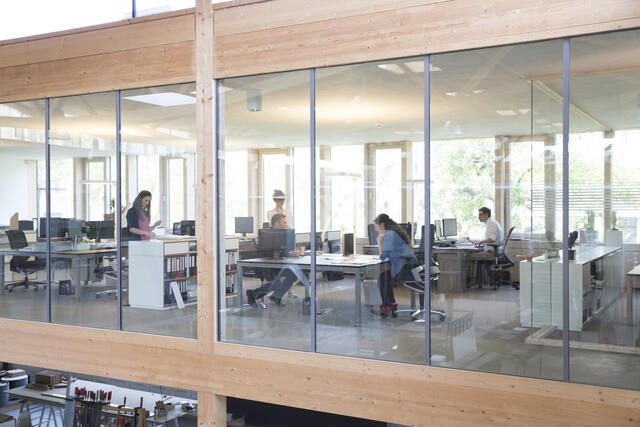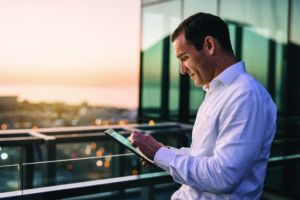How can we improve the workplace during these unprecedented times? Susheel Koul of JLL, will discuss with me how he’s answered this question. Susheel is division president, co-leading the Asia Pacific business of JLL. He partners with clients across the region focusing on the future of work and digitization, as well as sitting on the global client board for JLL.
As a leader in real estate services, JLL manages over 1.5 billion sq. ft. of space in Asia Pacific and covers over 50% of Fortune 500 companies, with clients including some of the top investment banks and new age tech firms. JLL is also repeatedly ranked as one of the world’s most ethical and admired companies.

JLL is a valuable customer and partner of Schneider Electric, and with clients representing a wide variety of workplace types and demands; Susheel is the ideal person to share his first-hand experiences. Our discussion touched on many thought-provoking topics. Let me share just a few things I learned from Susheel.
Smart buildings make for a safer workplace
When it comes to preparing healthy buildings for people to return to, organizations need to take into account local government regulations, and that each country may be in different stages of reopening.
Planning should take a people-first approach. Safety at the workplace is the top goal, and should include mapping out a ‘day in the life’ of your employees using ‘what-if’ scenarios. However, your program might also encompass the safety of traveling to and from work.
To help ensure safe physical distancing inside the workplace, facility management teams might start with physical methods such as signage, but smart space management technology can help ensure safe physical distancing is maintained through the day. Of course, it’s also important to ensure there is enough stock of safety supplies in the right places – such as hand sanitizer and masks – but a variety of touchless technologies can further help improve safety for occupants. In addition, monitoring indoor air quality during low or no occupancy will help ensure the air is safe as people return.
The workplace will certainly look different in the future. Many companies will adopt a hybrid work strategy and that will be leverage more digital technologies to create a workplace that fosters collaboration and balances space utilization against safety and employee comfort. Whether employees are working on or off site, employee engagement apps can help effectively communicate the protocols and policies that are critical to bringing them back to work.
Finally, continuing to operate buildings efficiently and reliably is important, and this now often requires remote access to building management infrastructures. Again, this is where digital technology can help. For example, JLL headquarters in Singapore is using our EcoStruxure suite of solutions and was able to remotely intervene when an equipment problem caused an outage. The solution is also analyzing energy consumption and helping the facility team streamline operations.
*******************
This message was part of our Innovation Summit World Tour 2020. Making 11 virtual stops around the world, we welcomed over 20,000 customers, partners and students through the virtual doors and into the discussion on how we can build a more resilient and sustainable future together.
If you want to discover more from the event, we invite you to read the following articles:
- Building Resilient and Sustainable Data Centers
- How digitization helps deliver healthier hotels–and happier guests
- Hospital resiliency during a pandemic—Expert Insights
- Benefits from the Promise of Next Generation Industrial Automation
- Securing the IT-OT Convergence for Cybersecurity Solutions
- Cracking Digital for An End-to-End Traceability Journey
- 5 ways IEC 61499 is liberating Industrial Automation
- 3 Ways Smart Machine Lifecycle Digital Solutions Bolster Industrial Plant Flexibility
- Two technologies available today to resolve climate change



